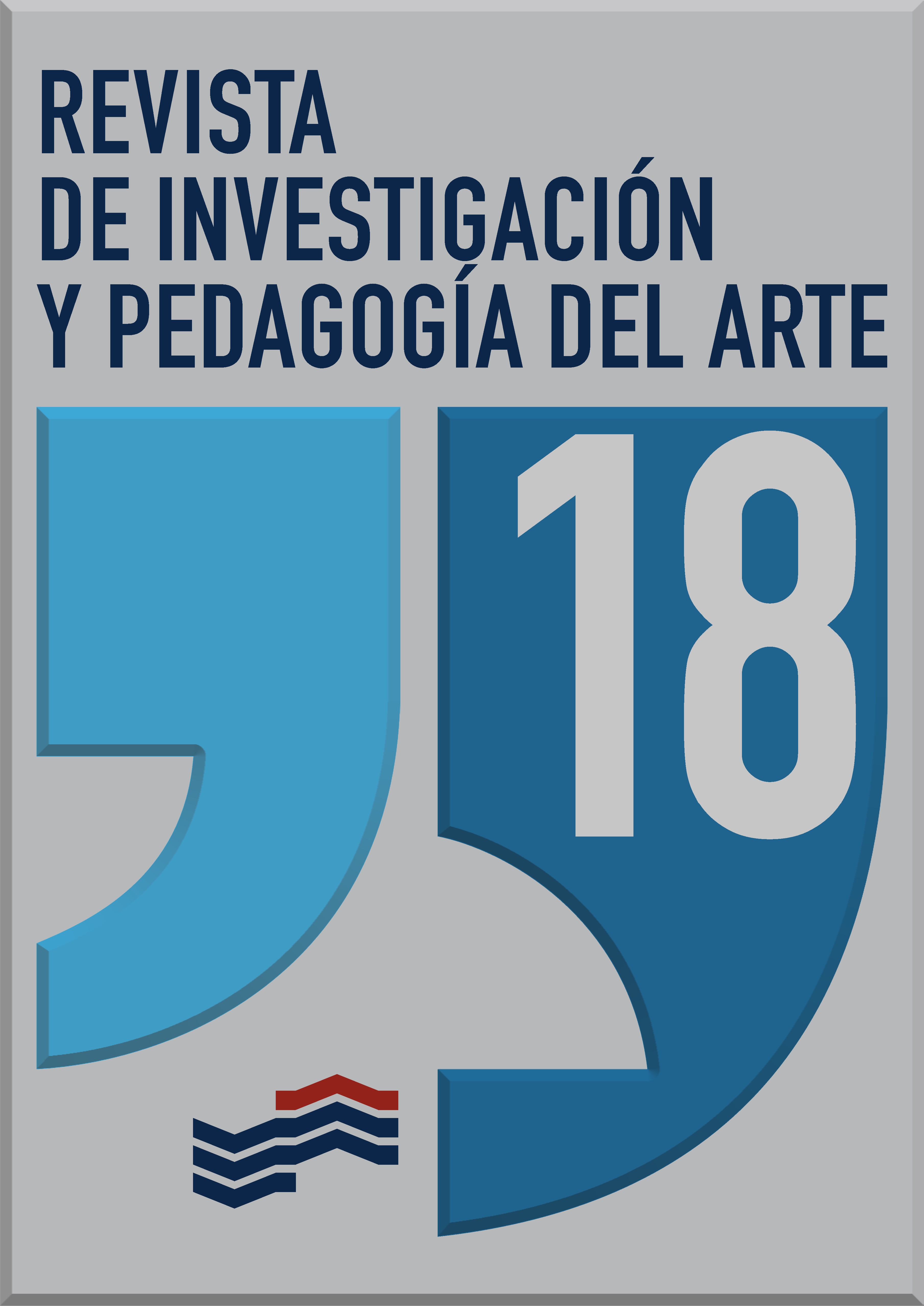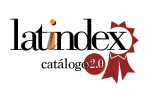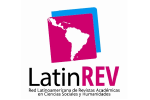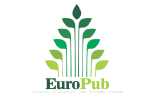Performative artivism as a pedagogical and awareness-raising tool for making the demands of students with disabilities visible from the DISCA Manifesto
DOI:
https://doi.org/10.18537/ripa.18.01Keywords:
disability, inclusion, performative art, manifesto, research-creationAbstract
The inclusion of students with disabilities in higher education remains a significant challenge in Ecuador, where structural barriers persist despite existing legal frameworks. This research-creation project presents a performative action developed by María José Machado, a researcher from the Kaleidos Research Group, Interdisciplinary Ethnography, whose objective was to disseminate the DISCA Manifesto, which was created based on contributions from students with disabilities at the University of Cuenca. Through the creation of a typographic collage, the action —framed within artivism and contextual art— sought to challenge hegemonic narratives and foster dialogue on inclusion, wellbeing, and diversity in academic environments. The proposal —an alternative communication strategy using visual poetry and performative art— highlights art as a critical and transformative tool capable of generating new ways of understanding disability and social justice in the university setting.
Downloads
References
Aguilar, G. (2012). Arte participativo. Instituto Municipal de Cultura Culiacán.
Ardenne, P. (2002). Un arte contextual. Creación artística en medio urbano, en situación, de intervención, de participación. CENDEAC.
Bourriaud, N. (1998). Estética relacional. Adriana Hidalgo editora.
Crespo-Martín, B. (2016). Arte participativo en el espacio público. Proposiciones metodológicas acerca de algunos de sus preceptos. On the Waterfront. The International on-line Magazine on Waterfronts, Public Art, Urban Design and Civil Participation, 45(2), 7-36.
Fischer-Lichte, E. (2004). La estética de lo performativo. Abada Editorial.
Foucaud, V. (2013). Características semióticas del soporte material del poema visual en la era de las nuevas tecnologías. Revista Letral, (11), 112-126. https://dialnet.unirioja.es/servlet/articulo?codigo=5370538
Giannini, F. (2016, 16 septiembre). André Cadere, el artista subversivo de las barras redondas de madera. Finestre sull’Arte. https://www.finestresullarte.info/es/obras-y-artistas/andre-cadere-el-artista-subversivo-de-las-barras-redondas-de-madera
INEC (2023). Encuesta Nacional de Discapacidades. Instituto Nacional de Estadísticas y Censos.
Kaprow, A. (2016). Entre el arte y la vida: ensayos sobre el happening. Alpha Decay.
Organización Mundial de la Salud, OMS. (2011). Informe mundial sobre la discapacidad. https://www.who.int/es/publications/i/item/9789241564182
Palacios, A. (2008). El modelo social de discapacidad: orígenes, caracterización y plasmación en la convención internacional sobre los derechos de las personas con discapacidad (Tesis Doctoral, Universidad Carlos III de Madrid, España). https://pronadis.mides.gub.uy/innovaportal/file/32232/1/el-modelo-social-de-discapacidad.pdf
Pérez Rubio, A. M. (2013). Arte y política: Nuevas experiencias estéticas y producción de subjetividades. Comunicación y sociedad, (20), 191-210. http://www.scielo.org.mx/scielo.php?script=sci_arttext&pid=S0188-252X2013000200009&lng=es&tlng=es.
Sandoval, N. (s.f.). Manifiesto Albino. Interdicta. https://interdicta.cl/manifiestos/manifiesto-albino/
André Cadere. (2011, August 11). The Single Road. https://thesingleroad.blogspot.com/2011/08/andre-cadere.html
Published
Issue
Section
License

This work is licensed under a Creative Commons Attribution-NonCommercial-ShareAlike 4.0 International License.










